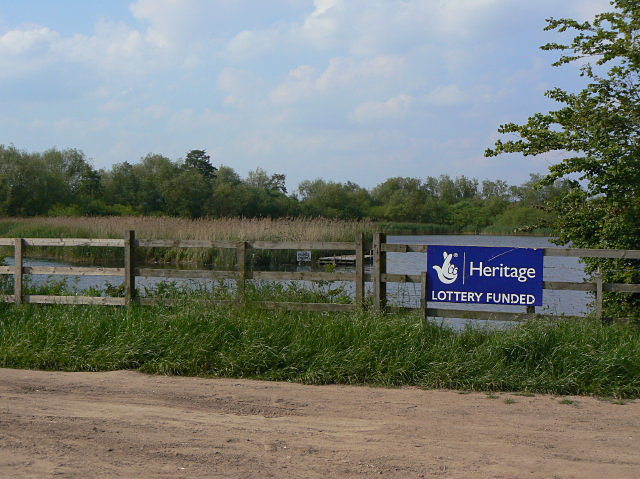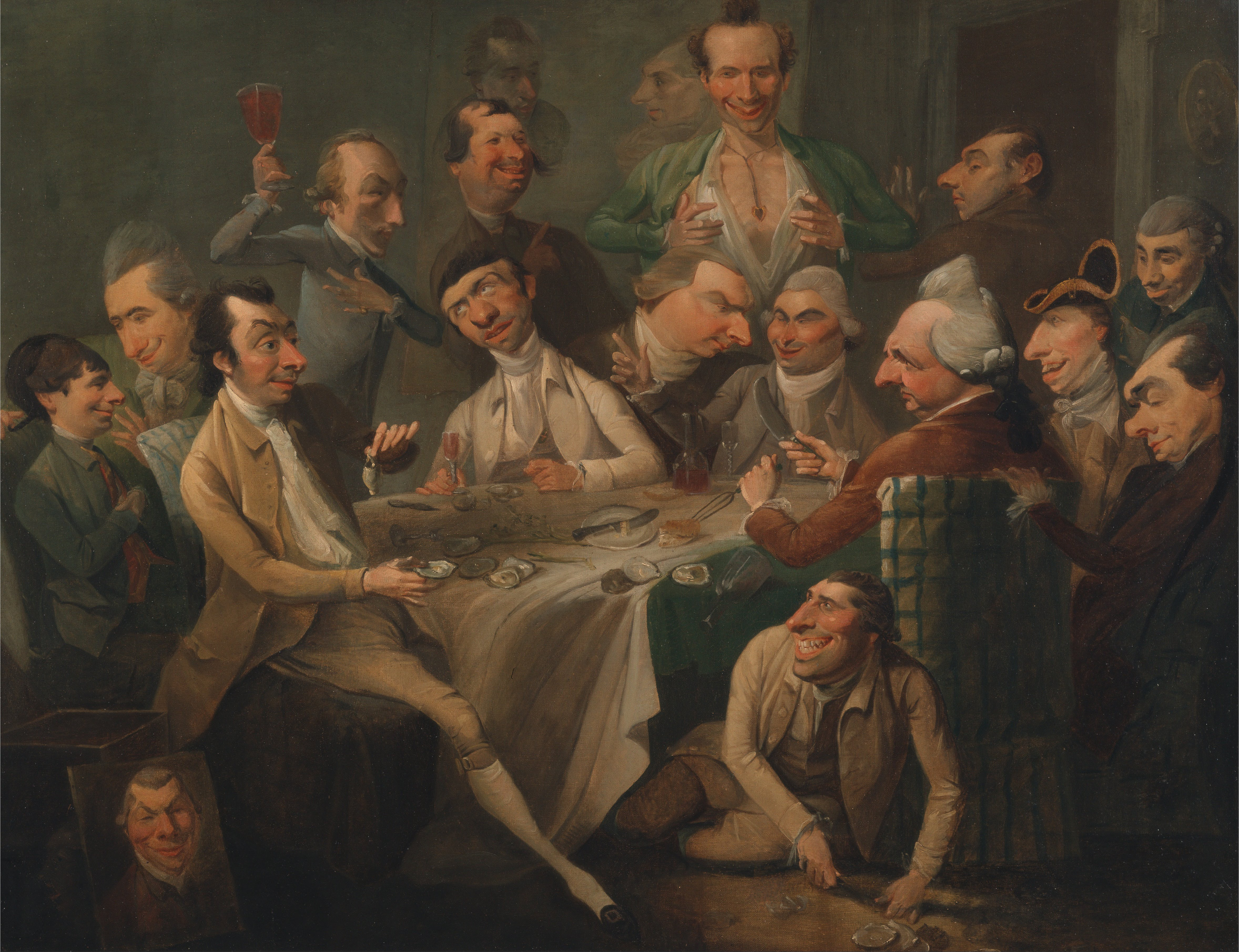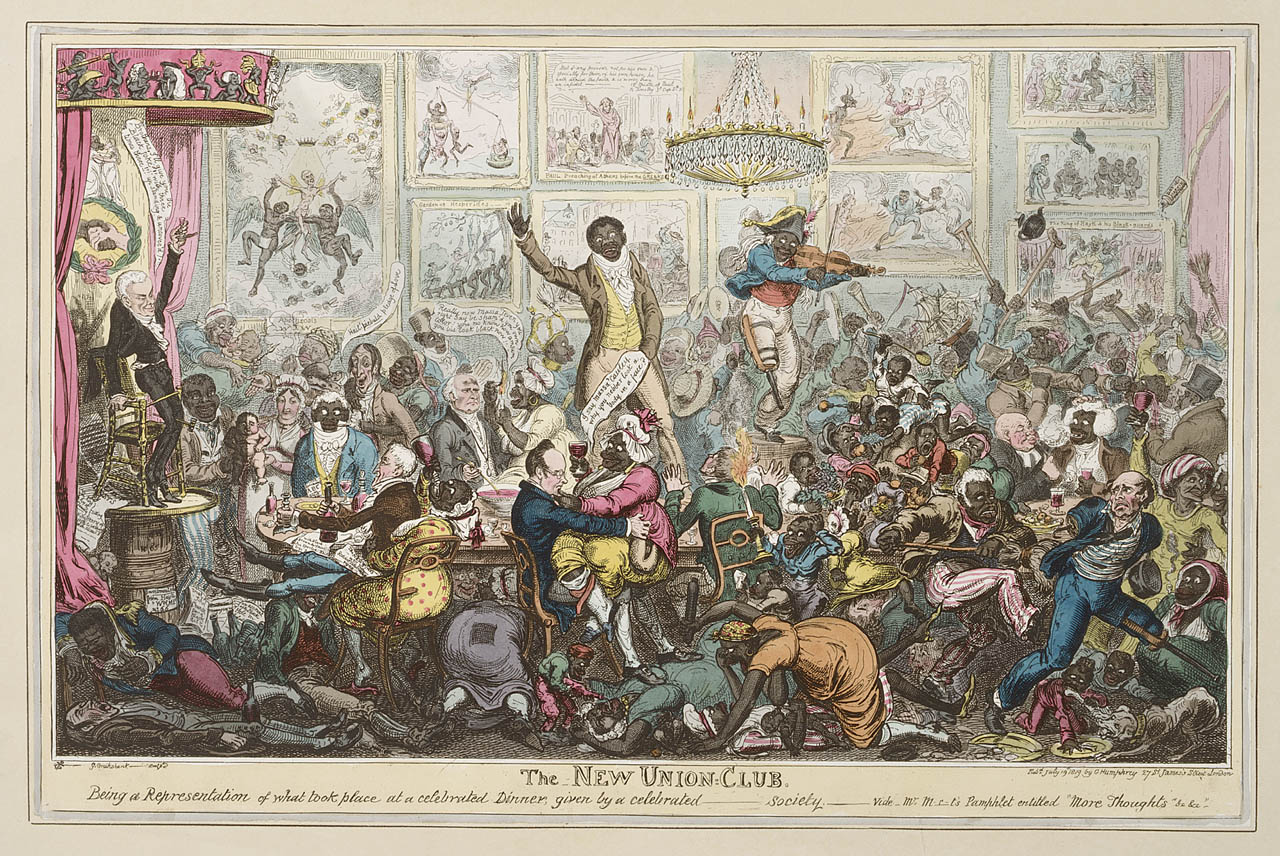|
Cartoon Museum
The Cartoon Museum is a London museum for British cartoons, caricatures and comic strips, owned and operated by the Cartoon Art Trust (Registered Charity 327 978). It has a library of over 5,000 books and 4,000 comics. The museum issues catalogues and features a changing display of over 250 exhibits from its collection of over 4,000 original cartoons and prints. The museum is "dedicated to preserving the best of British cartoons, caricatures, comics and animation, and to establishing a museum with a gallery, archives and innovative exhibitions to make the creativity of cartoon art past and present, accessible to all for the purposes of education, research and enjoyment.". History Origins As early as 1949 the cartoonist H. M. Bateman had called for the founding of a national museum of cartoons. The Cartoon Art Trust was formed in 1988 by a group of cartoonists and collectors, including the cartoonist Mel Calman, whose aim was to found a museum dedicated to "collecting, exhibiti ... [...More Info...] [...Related Items...] OR: [Wikipedia] [Google] [Baidu] |
Cartoons
A cartoon is a type of visual art that is typically drawn, frequently Animation, animated, in an realism (arts), unrealistic or semi-realistic style. The specific meaning has evolved, but the modern usage usually refers to either: an image or series of images intended for satire, caricature, or humor; or a motion picture that relies on a sequence of illustrations for its animation. Someone who creates cartoons in the first sense is called a ''cartoonist'', and in the second sense they are usually called an ''animator''. The concept originated in the Middle Ages, and first described a preparatory drawing for a piece of art, such as a painting, fresco, tapestry, or stained glass window. In the 19th century, beginning in ''Punch (magazine), Punch'' magazine in 1843, cartoon came to refer – ironically at first – to humorous artworks in magazines and newspapers. Then it also was used for political cartoons and comic strips. When the medium developed, in the early 20th century, it ... [...More Info...] [...Related Items...] OR: [Wikipedia] [Google] [Baidu] |
Jonah (comics)
Jonah is a comic strip character published in the magazine ''The Beano''. He made his first appearance in his eponymous comic strip in 1958, illustrated by Ken Reid. Although his comic strip sporadically appeared throughout the magazine, it has been published in other DC Thomson comic magazines. Synopsis Jonah is a skinny, gormless, chinless wonder of a sailor, feared by other mariners because of his clumsiness. He has (accidentally) sunk every ship he has sailed on (as well as all other vessels surrounding, at times), and started a war between the nations of Gorgonzolia and Parafinalia, resulting in the utter destruction of the combined fleets of both countries (a possible reference to the Cold War). Although unconfirmed, he has similarities to the long-established sailor's superstition, which is based on the Biblical prophet Jonah, whose ship nearly sank in a storm). Publication history Jonah's series first published in issue 817, authored by an uncredited Walter Fear ... [...More Info...] [...Related Items...] OR: [Wikipedia] [Google] [Baidu] |
National Lottery Heritage Fund
The National Lottery Heritage Fund, formerly the Heritage Lottery Fund (HLF), distributes a share of National Lottery funding, supporting a wide range of heritage projects across the United Kingdom. History The fund's predecessor bodies were the National Land Fund, established in 1946, and the National Heritage Memorial Fund, established in 1980. The current body was established as the "Heritage Lottery Fund" in 1994. It was re-branded as the National Lottery Heritage Fund in January 2019. Activities The fund's income comes from the National Lottery, which is managed by Allwyn Entertainment. Its objectives are "to conserve the UK's diverse heritage, to encourage people to be involved in heritage and to widen access and learning". As of 2019, it had awarded £7.9 billion to 43,000 projects. In 2006, the National Lottery Heritage Fund launched the Parks for People program with the aim to revitalize historic parks and cemeteries. From 2006 to 2021, the Fund had granted £2 ... [...More Info...] [...Related Items...] OR: [Wikipedia] [Google] [Baidu] |
Ralph Steadman
Ralph Idris Steadman (born 15 May 1936) is a British illustrator and collaborator with the American writer Hunter S. Thompson. Steadman draws satirical political cartoons, social caricatures, and picture books. Early life Steadman was born in Wallasey, Cheshire to an English father, Lionel Raphael Steadman, and a Welsh mother, Gwendoline; the family moved to Wales towards the end of the Second World War. Steadman attended the Grammar School in Abergele in north Wales but hated the draconian, sadistic new headmaster and left aged 16. "I couldn't wait to get out," he said. He came from a lower middle class background; his father was a commercial traveller and his mother was a shop assistant at T J Hughes in Liverpool. Steadman took his first job at 16 as a RADAR Operator at the De Havilland aircraft factory in the border town of Broughton near Chester but only remained for nine months, finding factory life repetitive and dull, and becoming fed up with fellow employees, citing ... [...More Info...] [...Related Items...] OR: [Wikipedia] [Google] [Baidu] |
Gerald Scarfe
Gerald Anthony Scarfe (born 1 June 1936) is an English satirical cartoonist and illustrator. He has worked as editorial cartoonist for ''The Sunday Times (UK), The Sunday Times'' and illustrator for ''The New Yorker''. Scarfe’s other work includes graphics for rock group Pink Floyd, particularly on their 1979 album ''The Wall'', its Pink Floyd—The Wall, 1982 film adaptation, and tour (The Wall Tour, 1980–81), as well as the music video for "Welcome to the Machine". From 1980 through to 1987, Scarfe also provided the opening animated titles and end credit illustrations for ''Yes Minister'' and ''Yes, Prime Minister'' for BBC Television. Also, Scarfe was the production designer on the The Walt Disney Company, Disney animated feature ''Hercules (1997 film), Hercules'' (1997). Early life Scarfe was born in St John's Wood, London. As Scarfe was severely asthmatic as a child, he spent many of his early years bed-ridden, so drawing became a means of entertainment as well as a cr ... [...More Info...] [...Related Items...] OR: [Wikipedia] [Google] [Baidu] |
David Low (cartoonist)
Sir David Alexander Cecil Low (7 April 1891 – 19 September 1963) was a New Zealand political cartoonist and caricaturist who lived and worked in the United Kingdom for many years. Low was a self-taught cartoonist. Born in New Zealand, he worked in his native country before migrating to Sydney in 1911, and ultimately to London (1919), where he made his career and earned fame for his Colonel Blimp depictions and his satirising of the personalities and policies of German dictator Adolf Hitler, Italian dictator Benito Mussolini, Soviet leader Joseph Stalin, and other leaders of his times. Low was born and educated in New Zealand. His first work was published when he was only 11 years old. His professional career began at ''The Canterbury Times'' in 1910. The following year he moved to Australia and worked for '' The Bulletin''. His work attracted the attention of Henry Cadbury, the part owner of '' The Star'', and Low moved to London in 1919, working for that paper until 1927, w ... [...More Info...] [...Related Items...] OR: [Wikipedia] [Google] [Baidu] |
Caricature
A caricature is a rendered image showing the features of its subject in a simplified or exaggerated way through sketching, pencil strokes, or other artistic drawings (compare to: cartoon). Caricatures can be either insulting or complimentary, and can serve a political purpose, be drawn solely for entertainment, or for a combination of both. Caricatures of politicians are commonly used in newspapers and news magazines as political cartoons, while caricatures of movie stars are often found in entertainment magazines. In literature, a ''caricature'' is a distorted representation of a person in a way that exaggeration, exaggerates some characteristics and oversimplifies others. Etymology The term is derived for the Italian ''caricare''—to charge or load. An early definition occurs in the English doctor Thomas Browne's ''Christian Morals'', published posthumously in 1716. with the footnote: Thus, the word "caricature" essentially means a "loaded portrait". In 18th-centu ... [...More Info...] [...Related Items...] OR: [Wikipedia] [Google] [Baidu] |
George Cruikshank
George Cruikshank or Cruickshank ( ; 27 September 1792 – 1 February 1878) was a British caricaturist and book illustrator, praised as the "modern William Hogarth, Hogarth" during his life. His book illustrations for his friend Charles Dickens, and many other authors, reached an international audience. Early life Cruikshank was born in London. His father, Edinburgh-born Isaac Cruikshank, was one of the leading caricaturists of the late 1790s and Cruikshank started his career as his father's apprentice and assistant. His older brother, Isaac Robert Cruikshank, Isaac Robert, also followed in the family business as a caricaturist and illustrator. Cruikshank's early work was caricature; but in 1823, at the age of 31, he started to focus on book illustration. He illustrated the first, 1823 English translation (by Edgar Taylor (author), Edgar Taylor and David Jardine) of ''Grimms' Fairy Tales'', published in two volumes as ''German Popular Stories''. On 16 October 1827, he married ... [...More Info...] [...Related Items...] OR: [Wikipedia] [Google] [Baidu] |
James Gillray
James Gillray (13 August 1756Gillray, James and Draper Hill (1966). ''Fashionable contrasts''. Phaidon. p. 8.Baptism register for Fetter Lane (Moravian) confirms birth as 13 August 1756, baptism 17 August 1756 1June 1815) was a British list of caricaturists, caricaturist and printmaking, printmaker famous for his etching, etched political and social satires, mainly published between 1792 and 1810. Many of his works are held at the National Portrait Gallery, London, National Portrait Gallery in London. Gillray has been called "the father of the political cartoon", with his works satirizing George III, Napoleon, prime ministers and generals. Regarded as one of the two most influential cartoonists, the other being William Hogarth, Gillray's wit and humour, knowledge of life, fertility of resource, keen sense of the ludicrous, and beauty of execution, at once gave him the first place among caricaturists. Early life He was born in Chelsea, London, Chelsea, London. His father had se ... [...More Info...] [...Related Items...] OR: [Wikipedia] [Google] [Baidu] |
Georgian Era
The Georgian era was a period in British history from 1714 to , named after the House of Hanover, Hanoverian kings George I of Great Britain, George I, George II of Great Britain, George II, George III and George IV. The definition of the Georgian era is also often extended to include the relatively short reign of William IV, which ended with his death in 1837. The subperiod that is the Regency era is defined by the regency of George IV as Prince of Wales during the illness of his father George III. The transition to the Victorian era was characterized in religion, social values, and the arts by a shift in tone away from rationalism and toward romanticism and mysticism. The term ''wikt:Georgian, Georgian'' is typically used in the contexts of social and political history Georgian architecture, and architecture. The term ''Augustan literature'' is often used for Augustan drama, Augustan poetry and Augustan prose in the period 1700–1740s. The term ''Augustan'' refers to the ac ... [...More Info...] [...Related Items...] OR: [Wikipedia] [Google] [Baidu] |
Steve Bell (cartoonist)
Steven William Maclean Bell (born 1951) is an English political cartoonist, whose work has appeared in a number of publications, notably ''The Guardian'' from 1981 to 2023. He is known for his left-wing views. Early life Born in Walthamstow and raised in Slough, Bell moved with his family in 1968 to North Yorkshire, where he trained as an artist at the Teesside College of Art. He graduated in film-making and art from the University of Leeds in 1974 and trained as an art teacher at St Luke's College, Exeter (now St Luke's Campus at the University of Exeter), in 1975. He taught art for one year in Birmingham, a period of his life he would later call "the worst year of my life" and "Hell on Earth", before resigning to become a freelance cartoonist in 1977. Cartoonist While still teaching, Bell did unpaid work providing the magazine ''Birmingham Broadside'' with illustrations, including a comic strip featuring ''Maxwell the Mutant'' who changed into someone different every time he ... [...More Info...] [...Related Items...] OR: [Wikipedia] [Google] [Baidu] |








